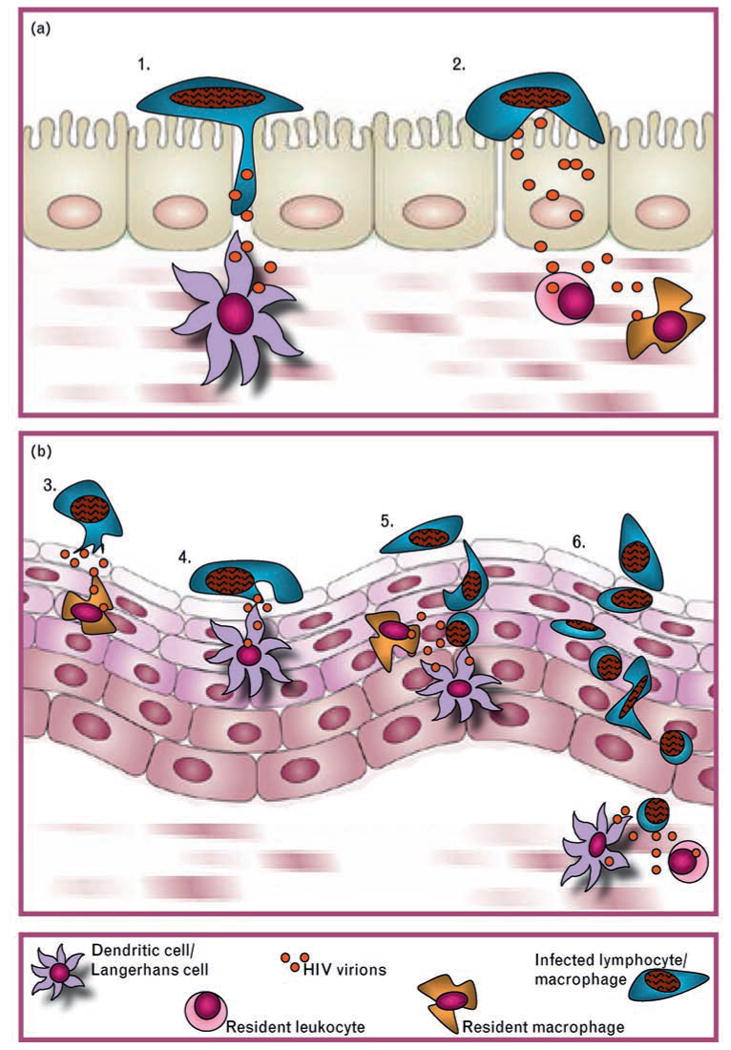Fig. 4. Mechanisms underlying cell-associated HIV transmission.

(a) Columnar epithelium: (1) Infected cell migrates between epithelial cells to infect susceptible host cells in the lamina propria or draining lymph nodes. (2) HIV trancytosis through epithelial cells to infect susceptible target cells in lamina propria. (b) Stratified squamous epithelium: (3) Transfer of HIV from infected leukocyte to epithelial cell, which transfers virus to intraepithelial or subepithelial target cells through (a) transcytosis or (b) attraction via release of chemokines. (4) Direct cell-to-cell transfer of HIV from infected leukocyte to intraepithelial target cell via viral synapses. (5) Transepithelial migration of infected leukocyte to infect intraepithelial target cells within the epithelium. (6) Transepithelial migration of infected cell to infect target cells in the subepithelium or draining lymph nodes.
